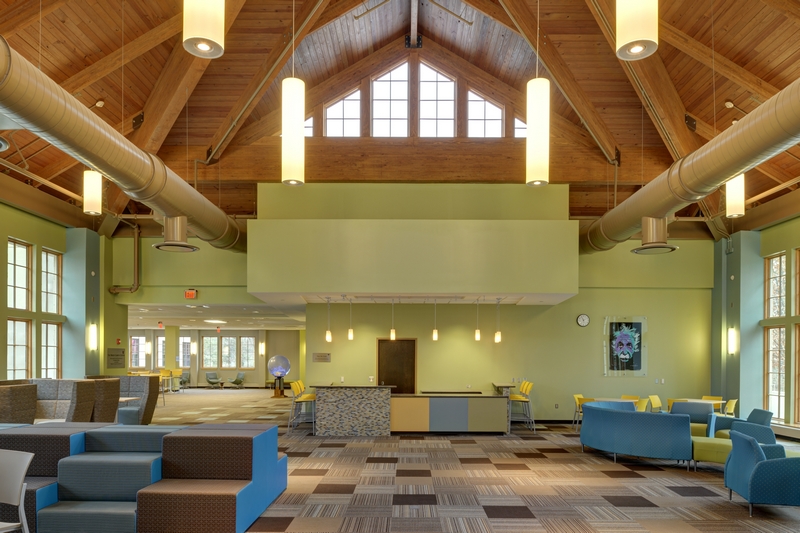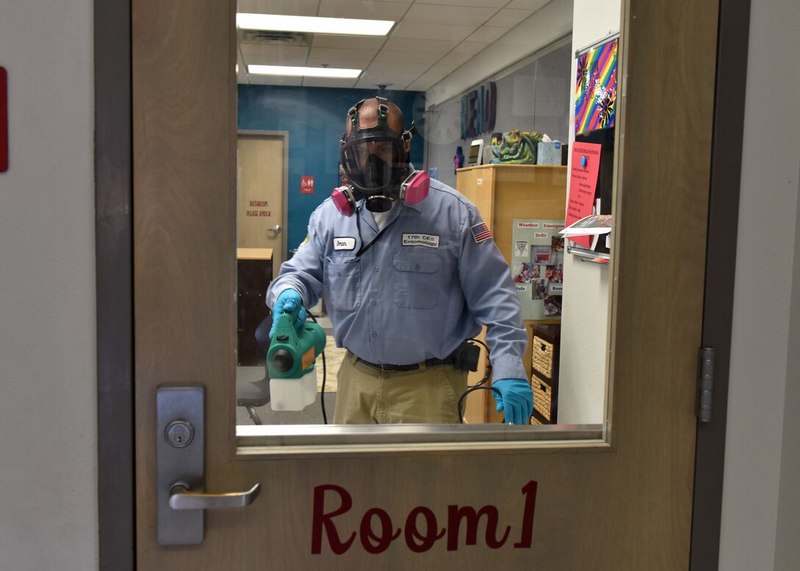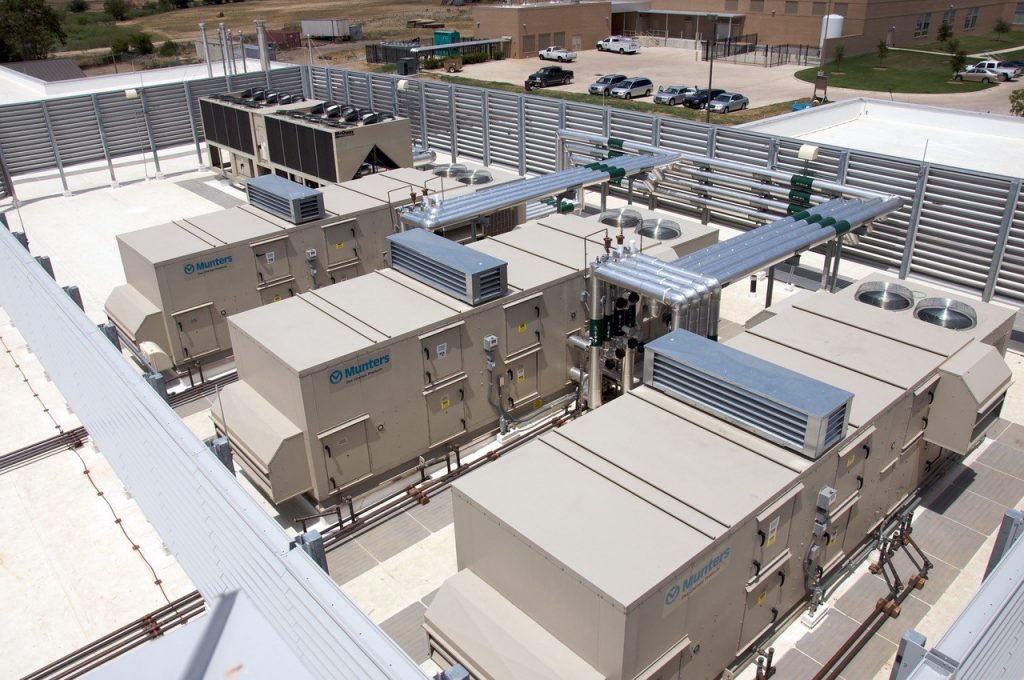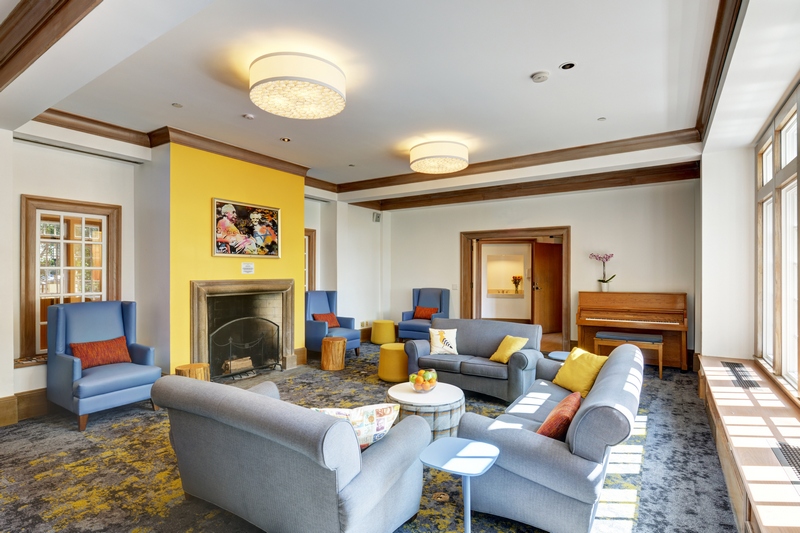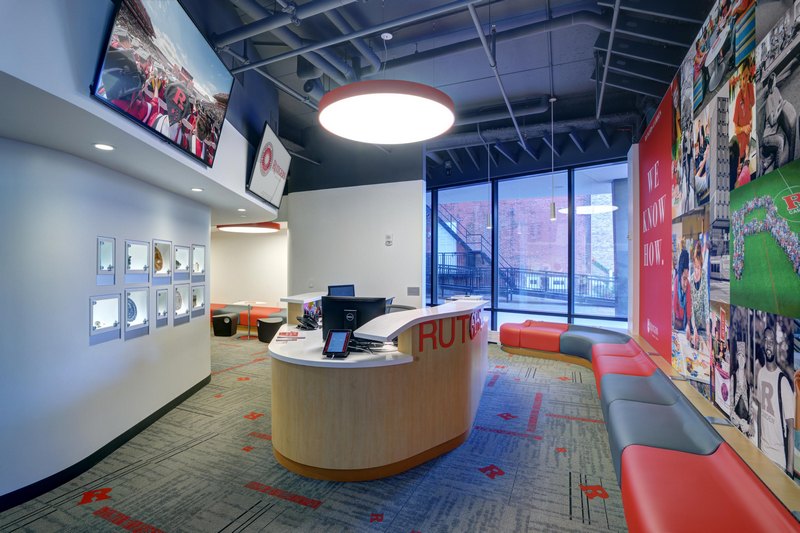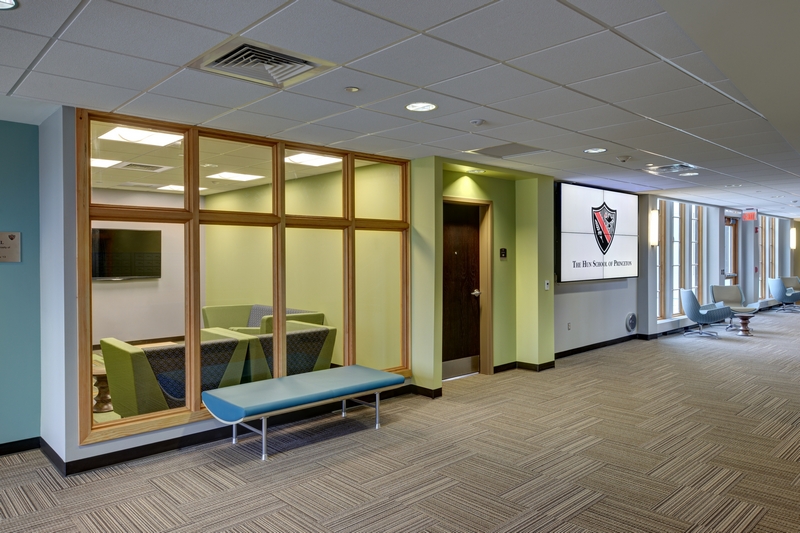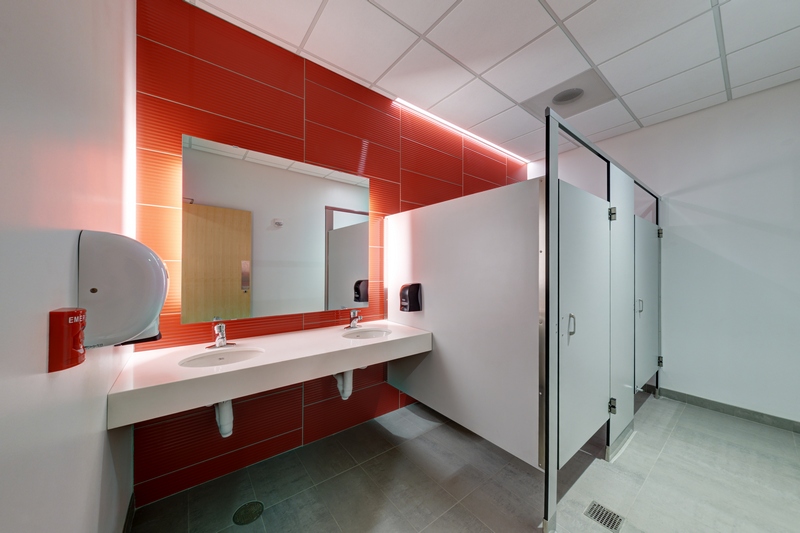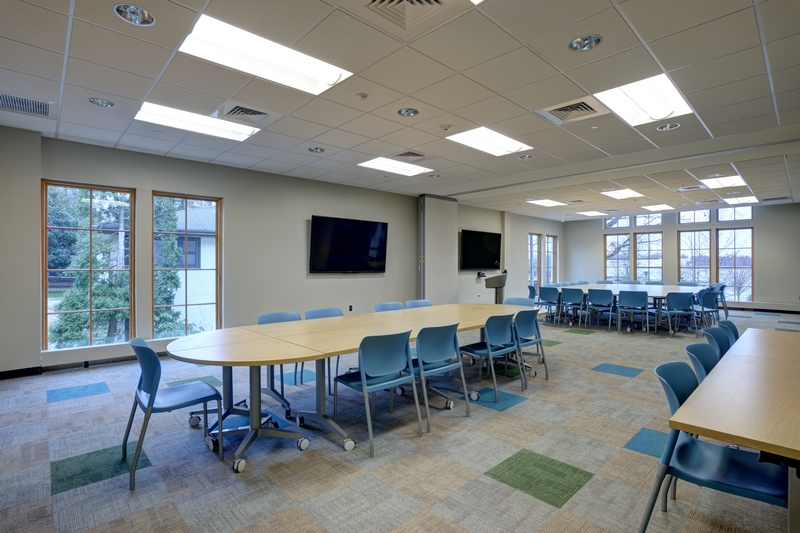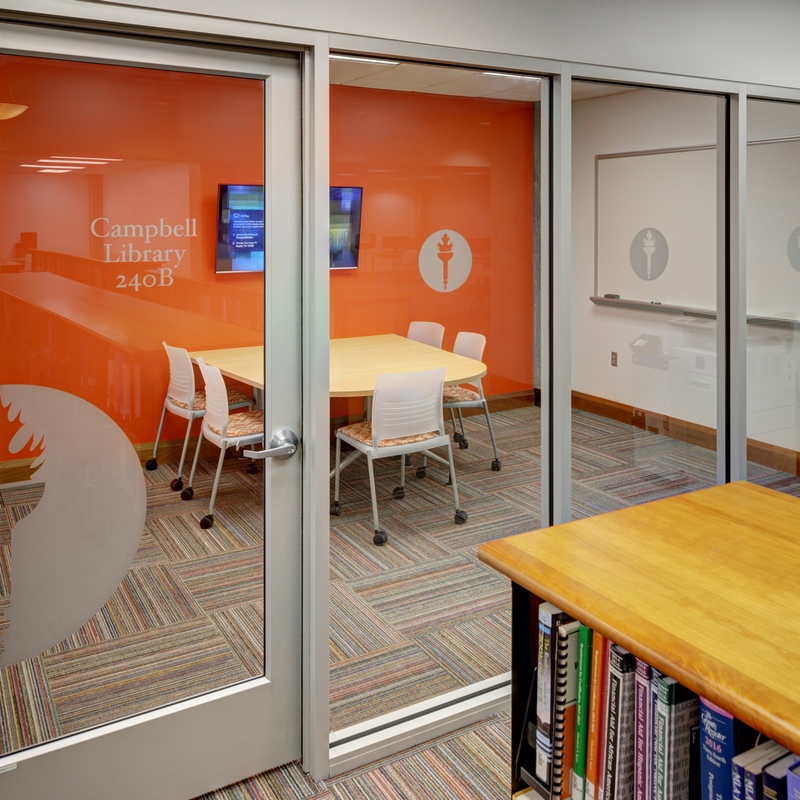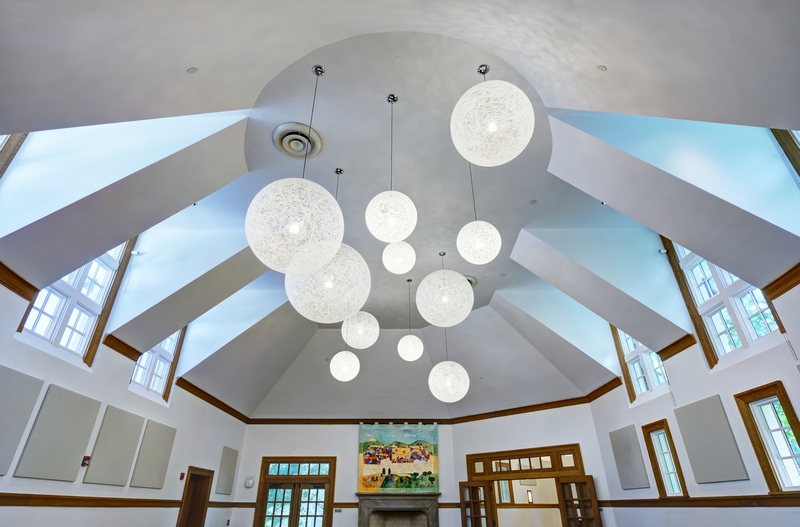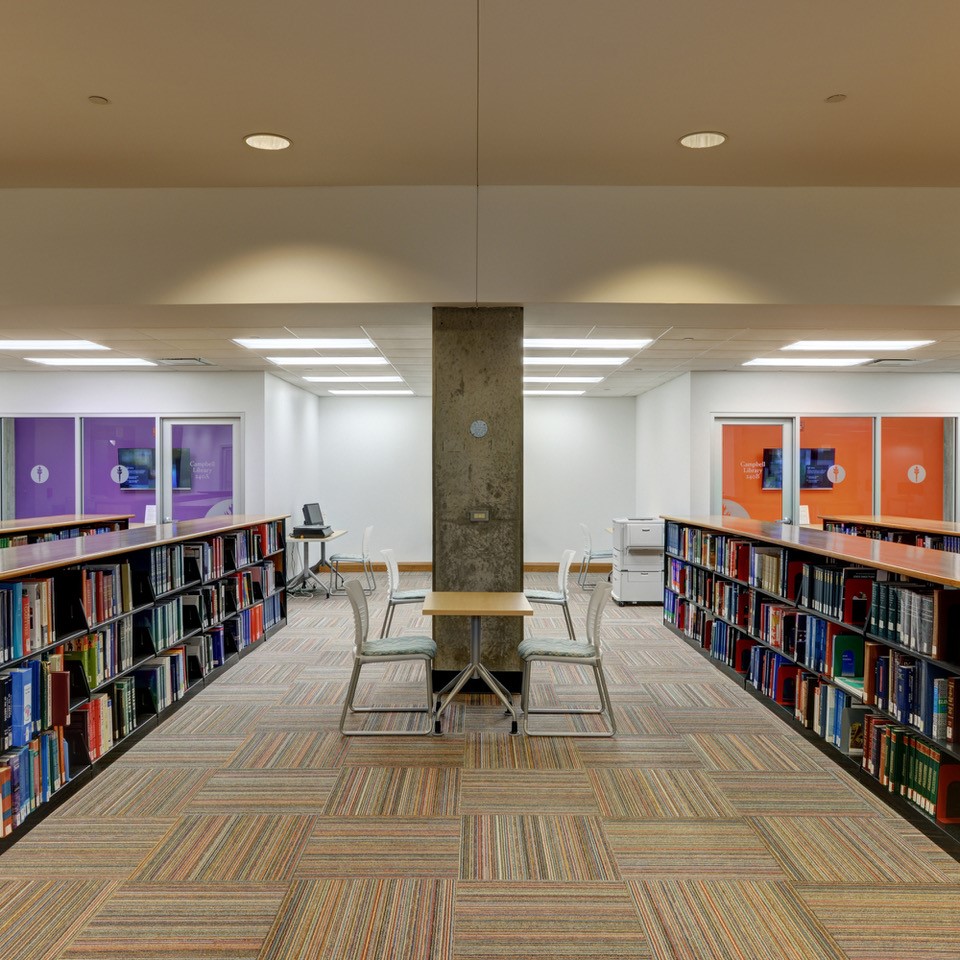
With the light at the end of the pandemic tunnel now clearly visible, students, teachers and parents are looking ahead to a return to in-person school as soon as possible. While airborne contagion remains an issue, facilities teams, administrators and school boards are assessing academic buildings’ ventilation to ensure the safety of students, faculty and staff, according to architect Mark A. Sullivan, AIA, LEED AP.
Recently The New York Times issued a special report on classroom ventilation, partnering with notable schools of public health and engineering consultants among others to produce an analysis of short-term strategies such as opening a window (even in winter) or introducing a box fan in a window opening. The report suggests that such interventions can indeed reduce the risk of transmission, but Sullivan and others in the building profession are pointing out what the analysis is missing. “The COVID-19 crisis has already created serious economic challenges for universities and school districts,” says Sullivan, a partner in integrated design firm JZA+D. “Opening a window in each classroom could increase heating and cooling bills by double-digit percentages, exacerbating existing financial woes and forcing administrators to make difficult choices.”

Sullivan, whose architectural work includes specialization in academic facilities design, is himself a father of school-aged children — and very much wants his kids to be able to return to in-person instruction, safely and soon. But, he says, he would prefer that policymakers, institutional stakeholders and boards of education work together on a plan that combines short-term and longer-term solutions.
“This may not be our last pandemic,” he says. “Failing to consider the possibility of future public health crises could come back to haunt us sooner than we’d like to admit.” In his work with stakeholders in K-12 facilities and institutions of higher education, Sullivan advocates for a comprehensive approach that combines short term solutions like opening a window, temperature checks at entry points, and transparent plastic shields between desks that will help schools to reopen at capacity sooner.
He is also working with colleagues and project partners to develop long-term solutions that address school environments built for a different world — assessing how we live our lives within these spaces has evolved, and reimagining integrated approaches to heating and cooling.
“We need to retrofit buildings for better ventilation that manages energy demand. At the same time, we should rethink enclosed classrooms — maybe knock down some walls and revamp teaching and learning styles to suit more open plans — and replace finishes and surfaces with more durable materials that can stand up to more frequent cleanings.”
Please visit joshuazinder.com for further information.













